RADIO
WAVES
Radio waves are a type of electromagnetic radiation
with a frequency range between about 3 kHz and 300 GHz. They were first
discovered by the German physicist Heinrich Hertz in the late 19th century.
Radio waves are used for a variety of purposes,
including communication (e.g., AM/FM radio, television broadcasting, cellular
phone networks), navigation (e.g., GPS), and scientific research (e.g.,
astronomy).
Radio waves can be characterized by their
wavelength and frequency. The wavelength of a radio wave is the distance
between two adjacent peaks or troughs of the wave.
Radio waves are able to travel long distances
through the air and can be reflected, refracted, and diffracted around
obstacles. They can also be absorbed by certain materials, such as buildings
and trees.
Radio waves are typically used for long-distance
communication because they can travel through the Earth’s atmosphere and around
obstacles, allowing them to be used for broadcasting and other forms of
wireless communication. The strength of a radio wave depends on its frequency,
with higher-frequency waves typically having shorter wavelengths and more
energy.
Radio waves are also used in scientific research,
particularly in the field of astronomy. Astronomers use radio telescopes to
study the universe by detecting the radio waves emitted by distant objects such
as stars, galaxies, and quasars. Radio waves can also be used to study the
Earth’s atmosphere and ionosphere, as well as for remote sensing and radar
applications.
Overall, radio waves are a fundamental part of
modern communication and technology, and their discovery and development have
revolutionized the way we communicate, navigate, and study the world around us.
maintain a frequency range between 10 Kilohertz (kHz) and 1 Gigahertz (GHz).
There are three types of radio waves, they are as follows:
Short-wave.
High Frequency (VHF) used for Television and F.M. Radio system
High Frequency (UHF) used for Television and Radio system
the transfer of radio waves. Radio waves can be broadcasted omnidirectionally
or unidirectionally. Various kinds of antennae can be used to broadcast the
radio frequency (RF) signal determined by the antenna and transceiver. The transceiver is a device that Transmits and Receives a signal over a medium
such as copper, radio waves or fibre-optic cables.
at the same speed, no matter what their frequency is. This speed is usually called
the speed of light, which is about 3*108 meters per second or you
may say 1 foot per nanosecond. In copper or fibre, the speed slows down about
2/3 of this value and becomes slightly frequency-dependent. The fundamental
relation between frequency (f),
wavelength (l) and c (in vacuum) are expressed as follows.
lf = c
mentioned below.
easily. Thus they are widely used for communications both indoors and outdoors.
(LF) and Medium Frequency (MF) bands, radio waves follow the earth’s surface. MF band uses Amplitude Modulated radio broadcasting. As they offer a very low frequency, they are not
used to transfer data. In
High Frequency and Very High-Frequency bands, the ground waves tend to be
absorbed by the earth’s surface. However, the waves that reach the ionosphere are
refracted by it and sent back to the earth. The ionosphere is a layer of charged
particles circling the earth at a height of 100 to 500 KM.
technology, it is possible to encode a few bits per hertz at low frequencies, but
often as many as 40 under certain conditions at high frequencies. So, a cable
with 500 MHz. Bandwidth can carry several gigabits/sec.
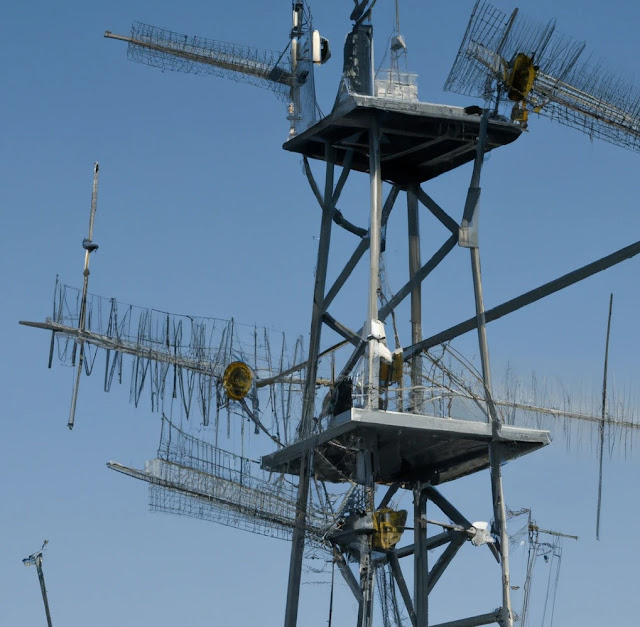
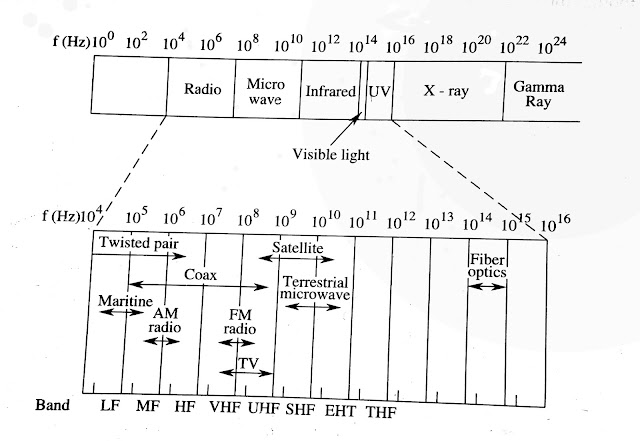
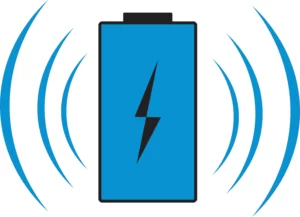
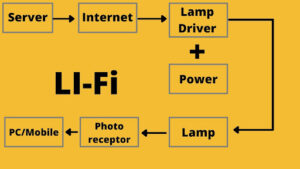
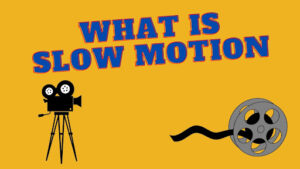

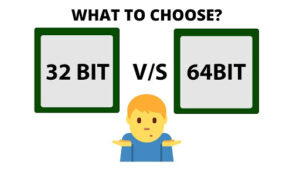
I am really impressed by the way you detailed everything. It’s very informative and you are obviously very knowledgeable in this field. Thanks for sharing such an amazing post. Your way of writing and making things clear is very impressive. Thanking you for such an informative article. Single Mode Fiber Connectors.
thank you for your complement